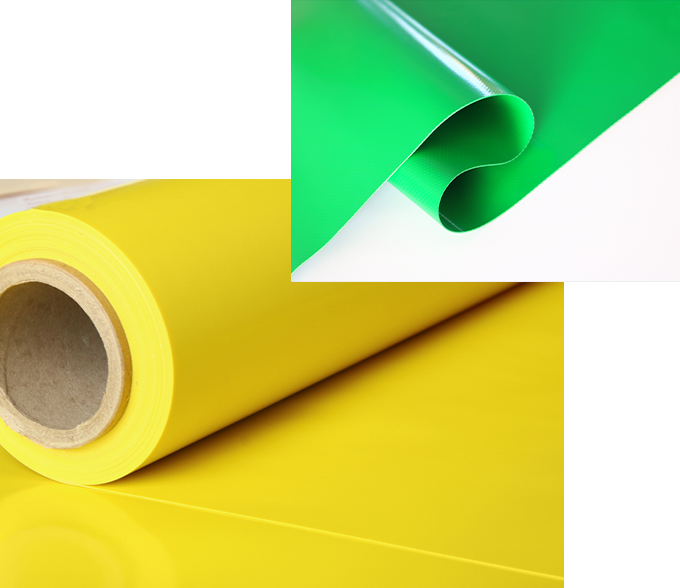The chemical name of PE is polyethylene, which is a semi-crystalline thermoplastic material and the material used to make PE tarpaulin. So what are the characteristics of PE? We know that polyethylene is odorless, non-toxic, has a waxy feel, excellent low temperature resistance, good water absorption, good electrical insulation properties, and can be used normally at temperatures ranging from -70 to -100 degrees Celsius with good chemical stability.
PE tarpaulin is generally produced using HDPE (high-density polyethylene), which has higher use temperature, hardness, mechanical strength, and chemical resistance. Polyethylene is suitable for various products (hard) produced by blow molding, injection molding, and extrusion, such as various containers, nets, and packing belts, and can also be used as cable covering, pipes, profiles, and sheet materials. The raw material of PE tarpaulin generally refers to the striped cloth, which is double-sided coated with PE film on the PE woven cloth, and some are made of polypropylene woven cloth, which is produced by drawing, circular weaving, and double-sided coating. This kind of tarpaulin has poor waterproof performance and cannot guarantee its waterproof performance after one use. Its disadvantage is that it is easy to wear and its advantage is its light weight, clean and non-polluting. It is generally used for temporary goods stacking, rain and dust protection, and is not suitable for long-term outdoor use.

PVC tarpaulin fabric is a high-strength polyester waterproof fabric coated with polyvinyl chloride (PVC) paste resin, plasticizers, anti-mold agents, anti-aging agents, anti-static agents, and other chemical additives, which are melted at high temperatures. It has waterproof, anti-mold, cold-resistant, anti-aging, and anti-static properties, and the product's tensile strength, tear elongation, and tear strength are much better than traditional tarpaulins. The product's appearance is colorful and pleasing to the eye. The surface is specially treated to provide anti-slip function, and it is an internationally popular waterproof canvas. Moreover, its width is particularly large, which can reduce seams and improve quality during processing. It can be heat-sealed without the worry of stitching needle holes leaking water. Different products with different functions, colors, and thicknesses can be produced according to user needs.
PVC Tarpaulin is a polyester filament bottom cloth coated on both sides with PVC resin. Because it is an immersion coating process, the PVC paste is inside the gaps of the fabric, so the waterproof performance is good. Its production process includes polyester filament cloth-immersed coating-drying and shaping-hot pressing and cooling-winding. Nowadays, tarpaulins on trucks, storage yards and other rain-proof products are made of PVC tarpaulin. PVC material has good rainproof performance and fatigue resistance, and the anti-aging performance of PVC fabric tarpaulin is much better than that of PP and PE tarpaulins. Its waterproof effect is the most significant among all waterproof canvas, suitable for long-term outdoor rain-proof, cold-proof, and sun-proof applications, such as covering goods for a long time, raising livestock, coal rain-proof, truck transportation, ship cargo covering, etc.